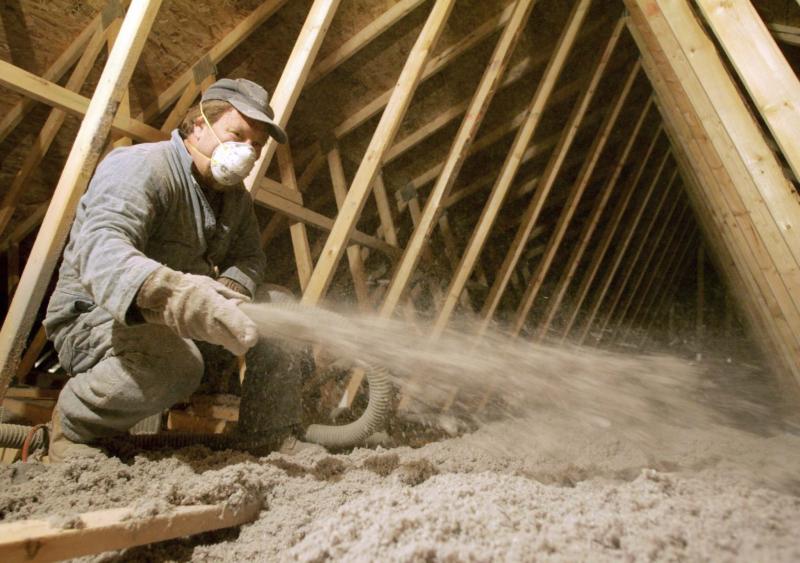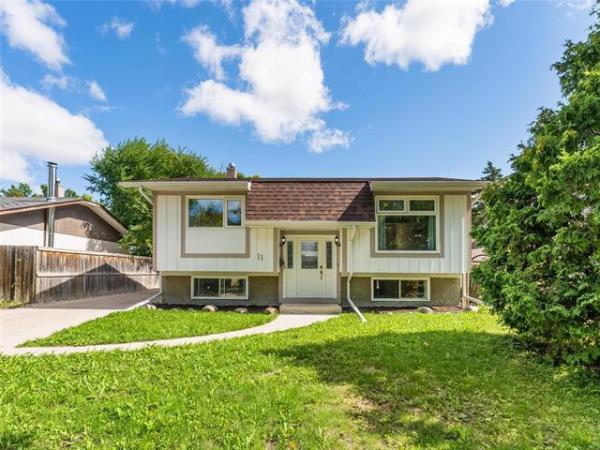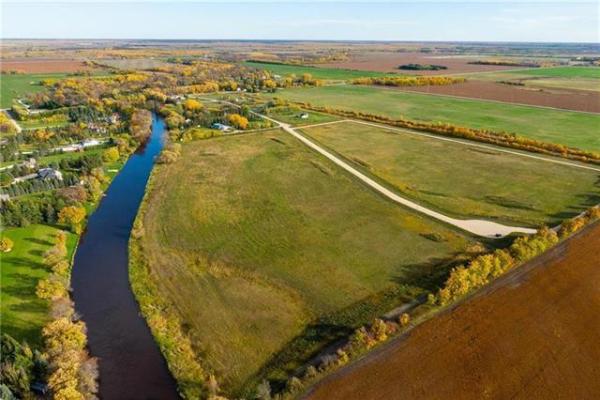Question: I have stains in my attic, which are probably from new or old water leaks. How can you distinguish between new and old leaks? I do not trust the roofer that inspected the attic. Thanks.
— Julie
Answer: Determining the age of moisture stains in an attic may be an exercise in futility, and the focus should be other factors. Figuring out whether the stains are because of condensation or roof leakage is a better use of time and evaluating whether it is still ongoing or not may determine the course of action.
Moisture stains in attics are all too common in our area. Because of the tremendous variation in temperature extremes from one season to another, some moisture issues inside attics is almost a given. Unless a home is newer or has excellent air sealing, insulation and ventilation, you are likely going to find some moisture staining in the attic. The majority of these stains are usually the result of condensation from warm air intrusion.
If your house is older, unless it has been upgraded, it may not have a well-sealed attic floor, which will allow warm air to penetrate and leak into your attic. If there is minimal or poor-quality insulation, this will be even more likely. As this warm air cools inside the attic during the heating season, it may reach its dew point and condense. This will normally result in moisture on the underside of the roof sheathing, or framing. If it is below freezing, this water will freeze and frost will develop on the underside of the roof, or other areas of condensation. In warmer weather, the frost will melt, leaving behind wet patches that will eventually dry with the return of warm, sunny summer days. The results of this cycle will be seen as brown stains on various components inside your attic.
If you look through the attic access hatch and see this phenomenon at various areas, but not highly concentrated, condensation is the likely culprit.
If the stains are more pronounced and widespread, you will likely be looking at a significant upgrade to the insulation and ventilation, or more costly air sealing, to prevent moisture-related damage. This may have little or nothing to do with the condition of your roofing, so be careful not to confuse the two separate issues.
If you have moisture stains that are sporadic, very dark brown to black in colour and highly concentrated in a few areas, then you may have an issue with leakage from outside. Sometimes, visible sagging or damage to the roof sheathing will accompany this evidence of roof deterioration.
If the black stains are near a roof vent, plumbing stack, bathroom exhaust fan duct or chimney, then you likely have a flashing leak. These are the most common areas of leakage, as they may be the first areas to let water through in a worn-out roof. Determining whether these are actively leaking or not may be a moot point, as they are a sign that an immediate repair is required.
If you think the stains are definitely indicating roof leaks, calling a reputable roofer to walk on and inspect the roof is the next step. They should check all the roof penetrations and see if they are damaged. Flashings around anything that sticks up above the roof can become loose or damaged, even on a roof with perfectly fine shingles. Repairs to these should be fairly minor if found, and the condition of the roofing could be evaluated at the same time. If no defects are seen in the flashings, then determining the condition of the roofing may yield the answers you seek.
If the roofing is found to be in satisfactory condition, with no obvious signs of holes or areas of potential leakage, then the stains in the attic may be from a previous roof issue or from condensation. Unless it is raining outside, or snow is melting, it may be impossible to determine whether the black stains are from a previous leak or a current one.
Testing the roofing with a garden hose is sometimes attempted, but an experienced roofer should be able to tell you whether the roofing is worn out, or has some life left. If you don’t trust the roofer, calling an independent individual to inspect it may be warranted.
While not necessarily an expert in roofing, a registered home inspector will have lots of experience in evaluating the condition of roofing. Calling a Canadian Association of Home & Property Inspectors home inspector to look at your roof and attic will help prevent you from being taken advantage of by an unscrupulous contractor. While not every home inspector may do this kind of work, many will charge a moderate fee to evaluate the need for roof repair or upgrades. I will warn you that if you have a very high or difficult-to-access roof, only an experienced roofer may want to tackle that type of inspection.
To ensure you are only doing repairs or upgrades to your home that are warranted, differentiating between stains that are the result of condensation from air leakage and moisture damage from roof leaks is more important than how long they have existed. Hiring an independent home inspector or roofing expert to evaluate the situation will let you know the condition of the roof and what, if any, upgrades are required.
Ari Marantz is the owner of Trained Eye Home Inspection Ltd. and the past president of the Canadian Association of Home & Property Inspectors — Manitoba (cahpi.mb.ca). Questions can be emailed to the address below. Ari can be reached at 204-291-5358 or check out his website at trainedeye.ca.
trainedeye@iname.com




